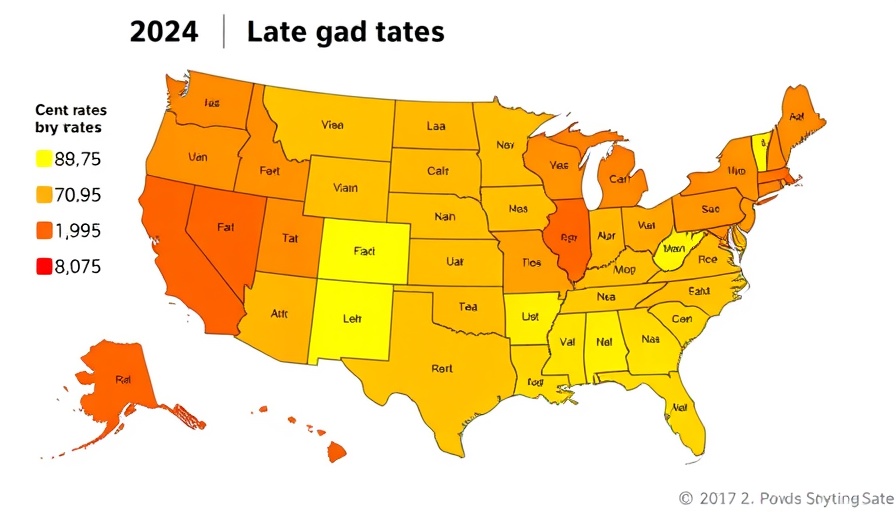
Understanding Patent Box Regimes in Europe
A patent box, or an intellectual property (IP) regime, is a crucial mechanism in Europe designed to incentivize business investments in research and development (R&D). By taxing income earned from IP at rates lower than the standard corporate tax rates, these regimes aim to attract businesses, encouraging them to localize their innovations. Currently, 13 of the 27 EU Member States operate patent box regimes, each tailored to foster innovation while grappling with complexities associated with profit shifting concerns.
How Do Patent Boxes Function?
Patent boxes apply reduced effective tax rates to various income forms, including royalties, licensing fees, and damages associated with IP. They have been widely adopted across Europe in the past two decades, reflecting a growing recognition of the need to support local industries. However, the effectiveness of these regimes in driving genuine innovation has come under scrutiny, raising questions about their values versus complexities.
The Broader Significance of Patent Box Regimes
As the landscape of technology and innovation evolves, these tax incentives play a significant role in defining where R&D occurs. While on one hand, they are champions for local economic growth, critics argue they may not be effective in generating significant advancements in technology. Understanding the balance between encouraging innovation and ensuring fair tax practices is crucial for policymakers as they consider potential reforms in response to shifting global economic pressures.
What's Next For Europe’s Patent Box?
As we approach 2025, monitoring the performance and impacts of patent box regimes will be essential. Will they prove efficient in stimulating innovative growth, or will the costs outweigh their benefits? Only time will tell as European nations continue to adapt their strategies in response to evolving technological frontiers.
 Add Row
Add Row  Add
Add 

 Add Row
Add Row  Add
Add 



Write A Comment